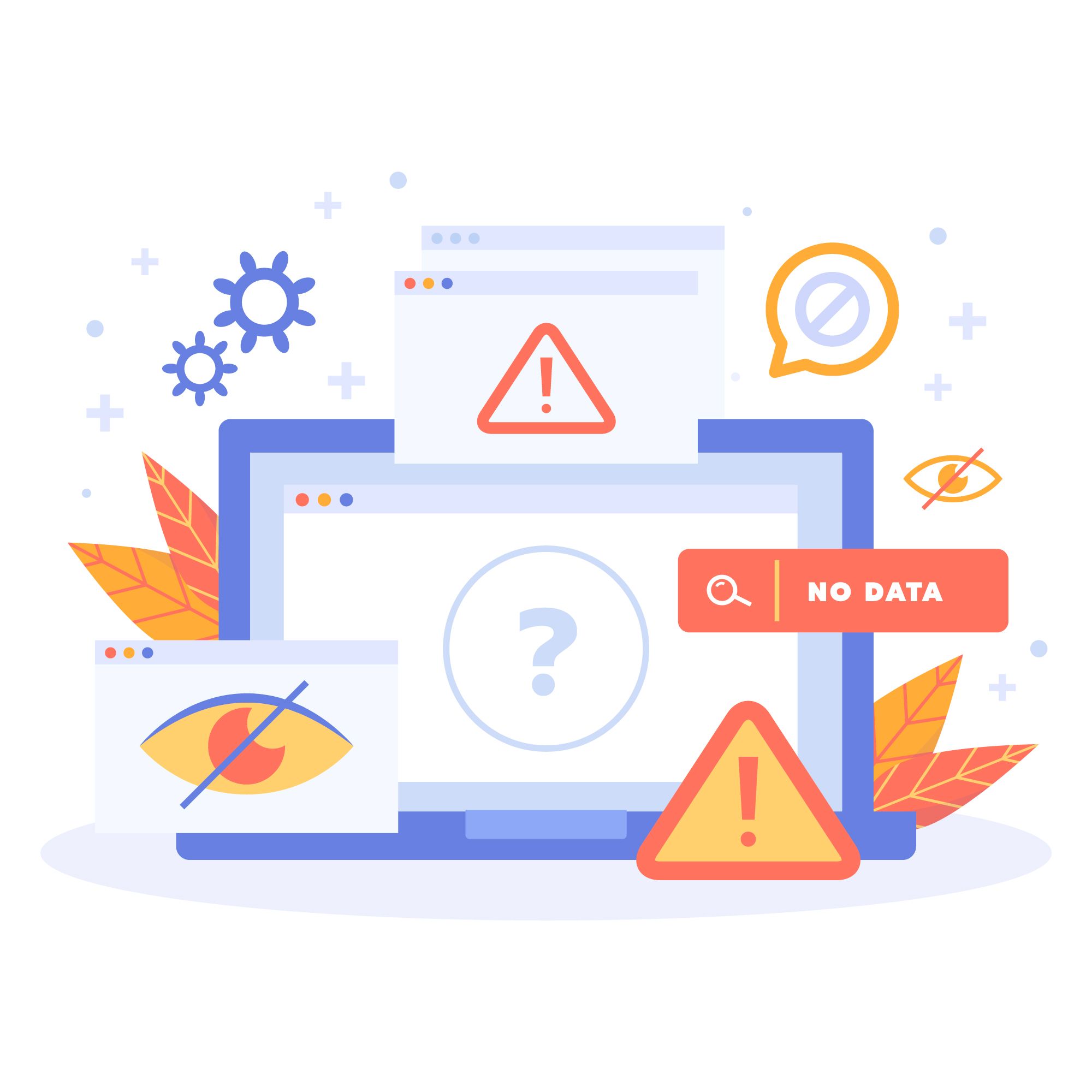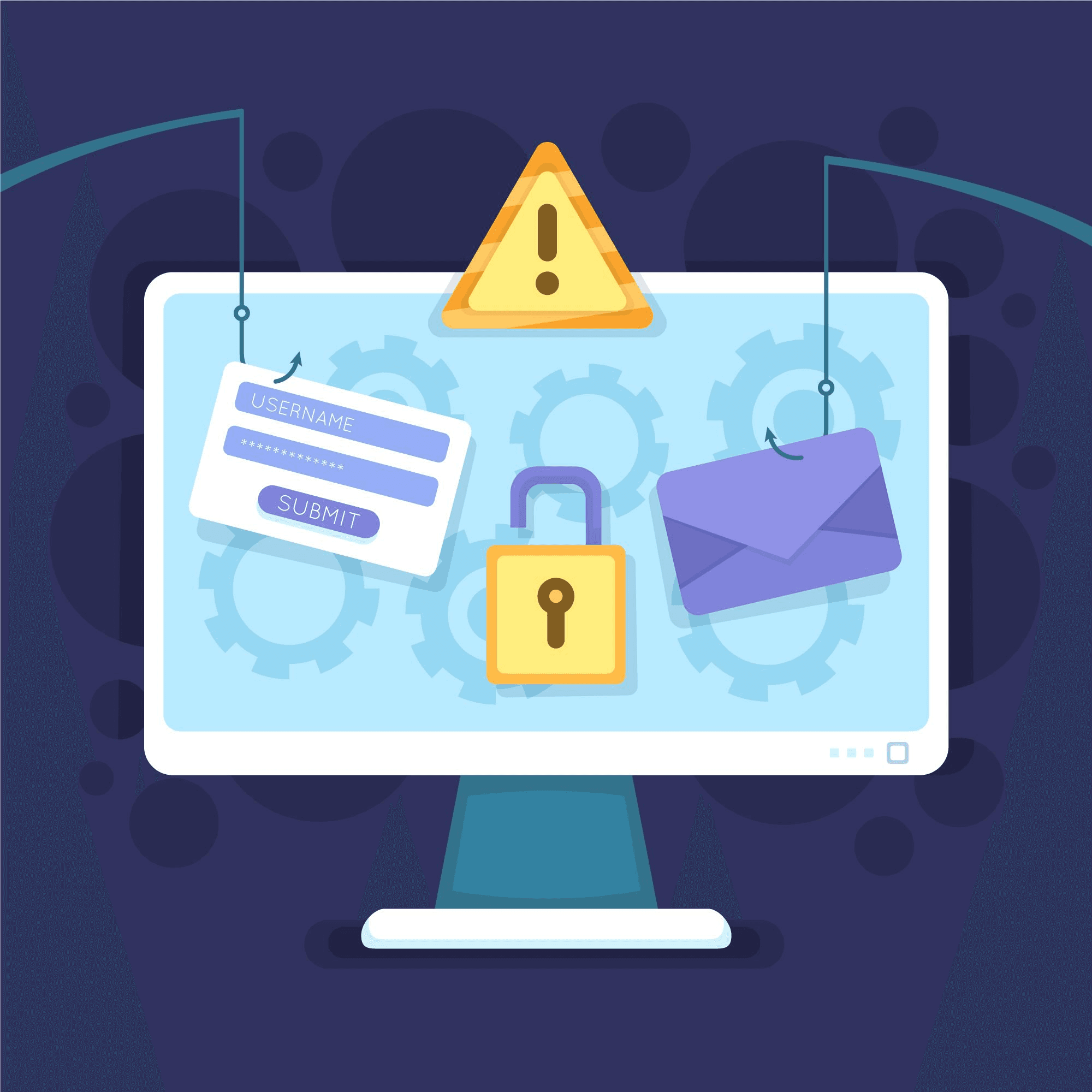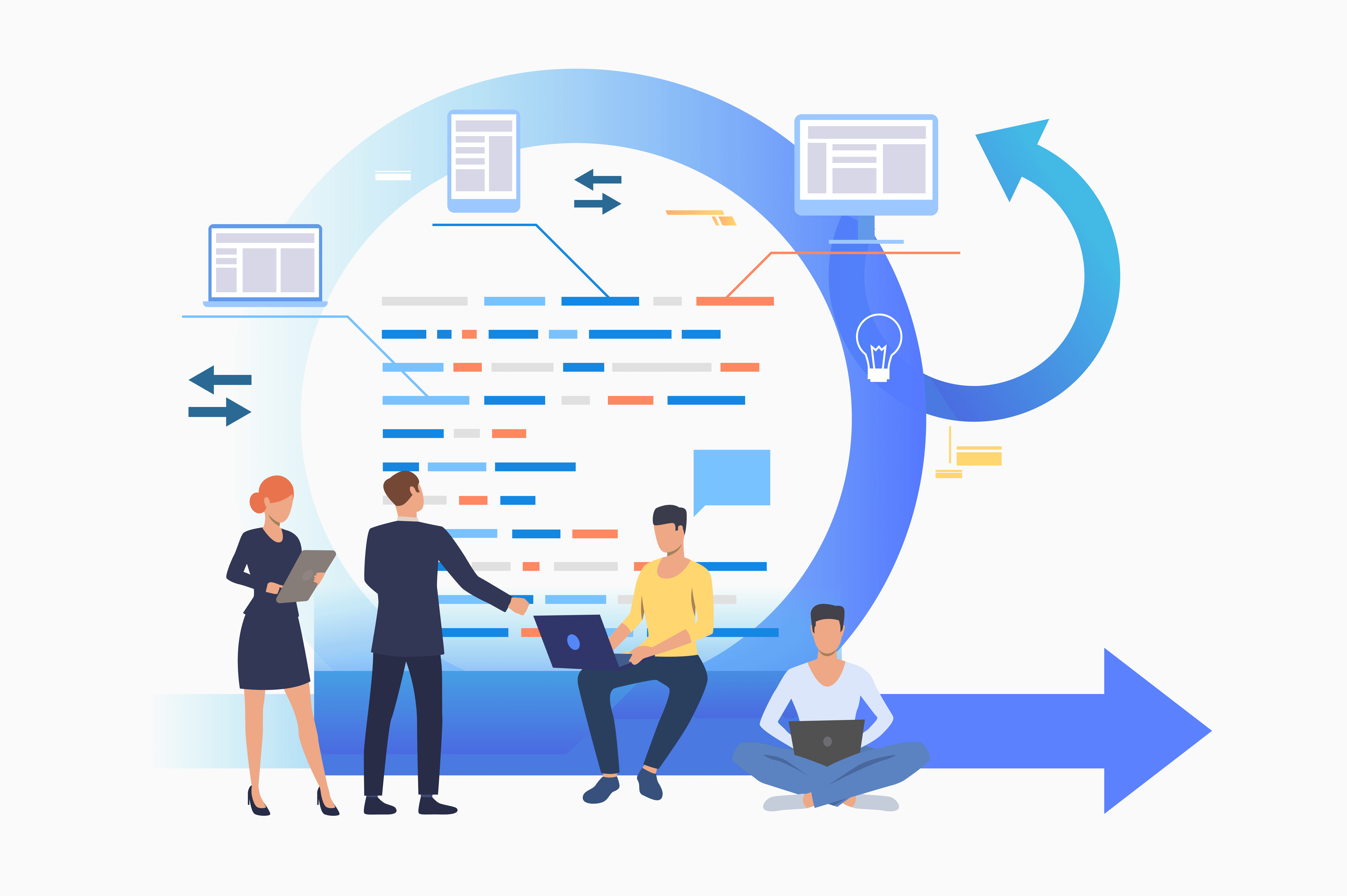Leading Through Cyber Uncertainty: Key Principles Guiding Detection and Response in SOC Environments

Photo by freepik @ freepik
The digital battlefield is constantly evolving, and with every advancement in technology comes a new breed of cyber threats. From ransomware attacks crippling supply chains to stealthy nation-state actors infiltrating critical infrastructure, modern security teams must navigate a minefield of uncertainty. Now more than ever, Security Operations Centres (SOCs) are at the core of organisational defence, monitoring, detecting, and responding to threats in real time.
Leadership within a SOC environment is not just about technical know-how. It requires a clear set of guiding principles to maintain operational clarity and ensure that response teams act swiftly, decisively, and collaboratively. As threat actors grow more adaptive, so too must the defenders. The key to thriving through this uncertainty lies in mastering the principles that strengthen detection and response capabilities from the inside out.
Listen here: Guardians of The Internet: Cybersecurity For Business Leaders

Operational Visibility Is Non-Negotiable
You can’t protect what you can’t see. Effective threat detection starts with comprehensive visibility across your IT ecosystem, endpoints, networks, cloud environments, user behaviours, and applications.
Without this visibility, SOC teams are left operating in the dark, reacting to alerts without context or missing critical indicators of compromise entirely. For organisations lacking internal bandwidth or struggling with fragmented systems, partnering with a managed SOC service can bridge the gap. These providers offer centralised threat monitoring, log aggregation, and 24/7 response capabilities, ensuring complete oversight even as infrastructure scales or shifts across hybrid environments. The ability to correlate data from various sources enhances detection accuracy and reduces false positives, helping teams focus on what truly matters.
Context-Driven Detection Enhances Precision
Not every alert deserves the same level of urgency. A failed login attempt from a known device carries far less risk than a credential access attempt from a foreign IP address at 3:00 a.m. That’s where context comes in. By layering behavioural analytics, threat intelligence, and historical baselines into detection logic, SOC teams can better prioritise their attention and reduce alert fatigue.
Context-driven detection improves both the speed and accuracy of incident triage. Security Information and Event Management (SIEM) platforms, User and Entity Behaviour Analytics (UEBA), and Endpoint Detection and Response (EDR) tools work together to create a rich profile of what “normal” looks like, making anomalies easier to detect. Without this baseline, teams often drown in noise, delaying meaningful action during critical windows.
Strong SOC leadership instils a culture of investigation, not just reaction. Analysts are trained to ask more profound questions: What is the source of this traffic? What other systems are impacted? Has this actor been seen before? This analytical mindset turns raw data into actionable insights.
Collaboration Across Teams Reduces Response Time
Incident response is never a one-person job. When an alert signals a potential breach, collaboration between the SOC, IT, legal, communications, and executive leadership becomes critical. Yet many organisations operate in silos, slowing down decisions and creating room for errors.
SOC leaders must foster interdepartmental communication protocols and establish incident response playbooks that define clear roles and responsibilities. Tabletop exercises, regular drills, and debriefs should be part of the ongoing security culture. These efforts reduce panic, align expectations, and streamline coordination when every second counts.
Leveraging communication tools and incident management platforms ensures transparency throughout the detection and response lifecycle. When stakeholders have real-time access to threat intelligence and system status, they can make faster, more informed decisions that minimise damage.
Proactive Threat Hunting Adds Strategic Value
While many SOCs operate in a reactive capacity, leading organisations take a more proactive stance through threat hunting. This process involves actively searching for threats that may have evaded automated detection, often using hypothesis-driven analysis and advanced querying tools.
Threat hunters dig into logs, monitor suspicious patterns, and test scenarios based on known adversary tactics, techniques, and procedures (TTPs). This proactive approach identifies subtle indicators of compromise before they escalate into full-blown incidents.
Successful threat hunting programs require senior analysts, access to high-fidelity data, and integration with the MITRE ATT&CK framework or similar threat modelling tools. While it can be resource-intensive, the value it adds in reducing dwell time and exposing blind spots makes it a critical component of a mature SOC.
Supplementary reading: What Role Does Cyber Security Play in Business Success?
Continuous Improvement Through Metrics and Feedback Loops
Detection and response are not static functions; they require constant refinement. Key performance indicators (KPIs) such as mean time to detect (MTTD), mean time to respond (MTTR), false favourable rates, and incident volume per analyst provide insights into SOC efficiency and effectiveness.
Metrics alone aren’t enough. They must be part of a feedback loop that feeds into training, tool optimisation, and workflow enhancements. Post-incident reviews, root cause analysis, and knowledge sharing across teams help translate data into improvement.

A high-functioning SOC embraces failure as an opportunity to grow. If an attack gets through, the question becomes: How can we prevent this next time? That mindset ensures adaptability even as the threat landscape changes.
Leadership That Balances Technology, Process, and People
Tools matter. Processes matter. But people matter most. Behind every successful SOC is a team of dedicated professionals operating under clear leadership that values ongoing education, psychological safety, and mission alignment.
Burnout is a genuine concern in SOC environments due to the pressure, constant vigilance, and mental toll of high-stakes decision-making. Strong leaders prioritise workload balance, support professional development, and promote team diversity to foster resilience and innovation.
Cyber uncertainty is not going away; it’s accelerating. But with the correct principles in place, SOCs can lead confidently through the chaos. Full-spectrum visibility, context-driven detection, interdepartmental collaboration, proactive threat hunting, and continuous learning form the backbone of effective detection and response. Coupled with strong leadership and a people-first approach, these guiding principles empower SOCs to safeguard organisations against the unknown, today and tomorrow.
Leaderonomics.com is an advertisement-free website. Your continuous support and trust in us allow us to curate, deliver, and maintain our website. When you support us, you enable millions to continue reading for free on our website. Will you give it today? Click here to support us.
Business
Tags: Cybersecurity, Data, Digital, Artificial Intelligence, Abundance Mindset, Alignment & Clarity, Business Management, Building Functional Competencies, Competence, Consultant Corner
Allen Brown is a dad of 3 kids and is a keen writer covering a range of topics such as Internet marketing, SEO and more! When not writing, he’s found behind a drum kit.






